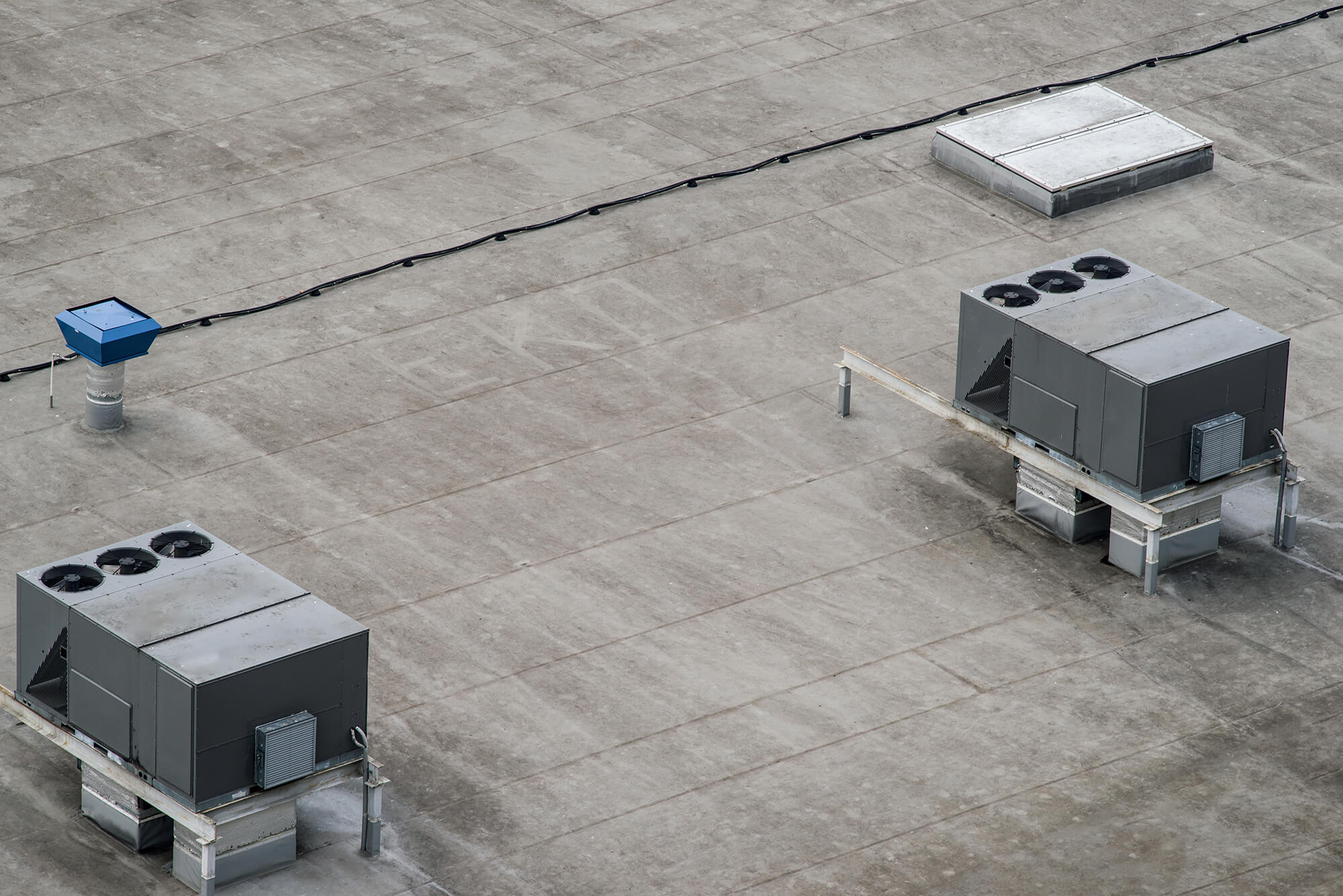
THE PRODUCT:
Commercial warm air furnaces (CWAFs) are defined as units with capacities of at least 225,000 Btu/hr (British Thermal Units per hour). They are designed to supply heated air through a duct system. In practice, commercial furnaces are gas or propane heating sections of packaged roof-top units (RTUs) used for small- to mid-sized commercial buildings. RTUs are essentially air conditioners that may also contain a heating section.
THE STANDARD:
The current standards for CWAFs took effect in 2023 and specify minimum thermal efficiency levels of 81% for gas-fired equipment and 82% for oil-fired equipment. The standards were based on a consensus agreement between manufacturers and efficiency advocates.
In 2023, DOE finalized a determination not to amend the standards for CWAFs.
KEY FACTS:
Much greater energy savings from commercial warm air furnaces are possible using condensing technology. Condensing furnaces extract additional heat by condensing the water vapor in the flue gases and reach efficiency levels of 90% or higher.
In 2023, DOE amended the test procedure for CWAFs to establish a new metric, Thermal Efficiency Two (TE2), that accounts for jacket losses and part-load operation in addition to capturing flue losses. However, the current standards are based on the older metric.

